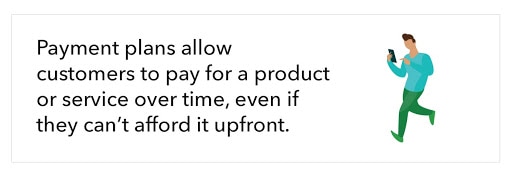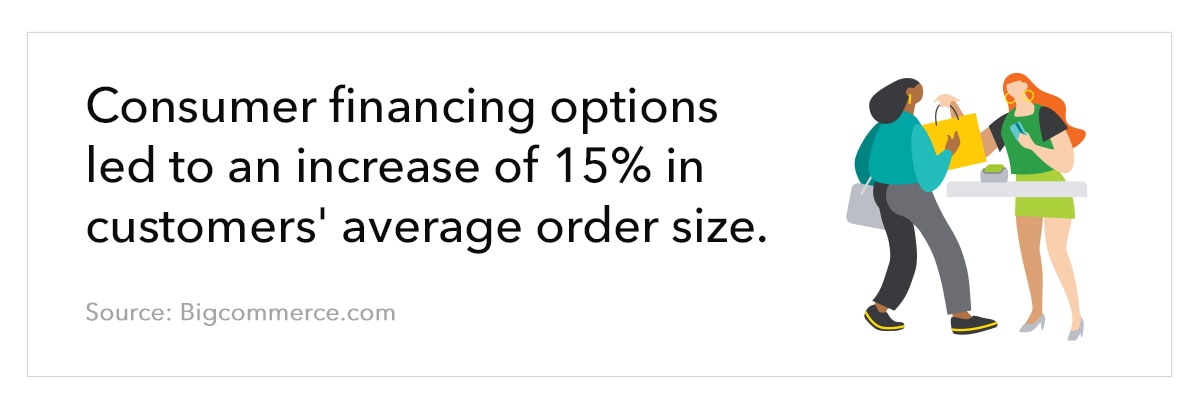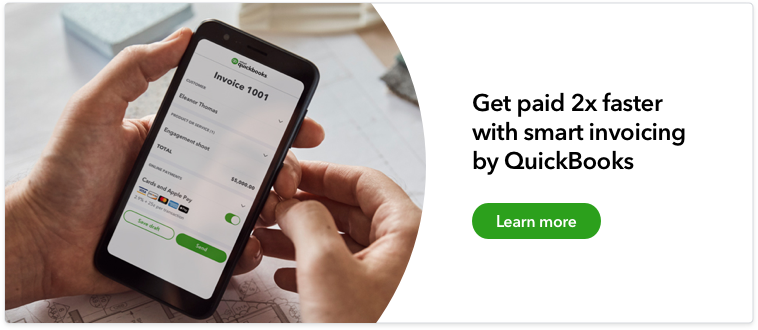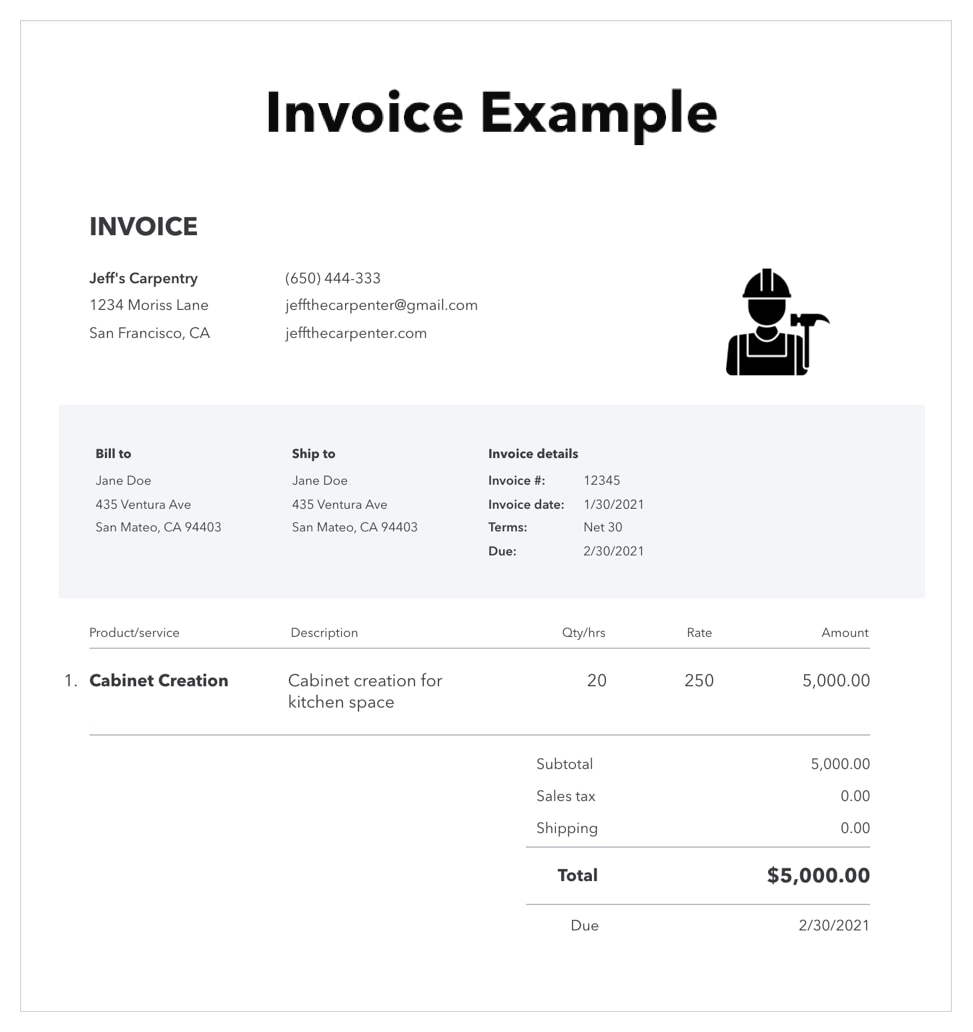Debit cards, credit cards, cash, money orders, cheques, online payments—these are just some of the payment options available at checkout today. However, as digital commerce continues to evolve, so do payment options. A payment option that’s becoming more popular today is a payment plan.
Simply put, payment plans allow customers and cardholders to make partial payments over time until the full amount is paid. There are many benefits of payment plans, such as allowing customers to pay for what they can afford at the moment and improving your cash flow by accepting a partial payment upfront.
However, as a business owner, offering payment plans may sound risky, especially if a customer is unable to make the rest of their payments. This leaves the question, “Should I accept partial payments and offer instalment plans?” In this post, we’ll go over payment plans (also known as instalment plans), explain how to accept partial payments, the benefits of instalment plans, and more.
Read start to finish to learn the logistics of payment plans, or use the links below to navigate to a section of your choice.
- What are payment plans or instalment plans?
- Is a payment plan a loan?
- Why should a business accept partial payments? Benefits of using instalment plans
- How do partial payments and instalment payment plans work?
- Instalment plan example
- Instalment payment plan options for small businesses
- How to set up instalment payment plans for your customers
- How to accept partial payments with QuickBooks








